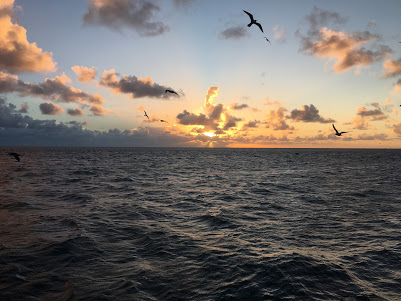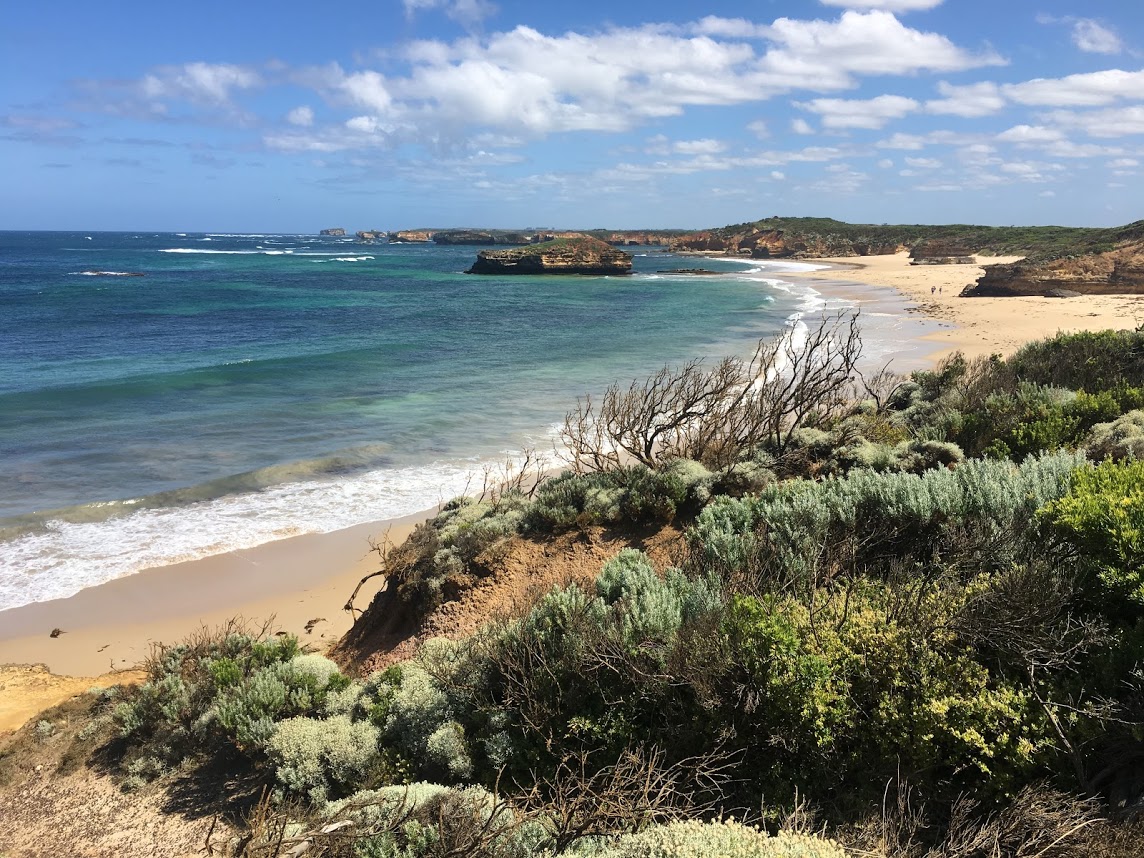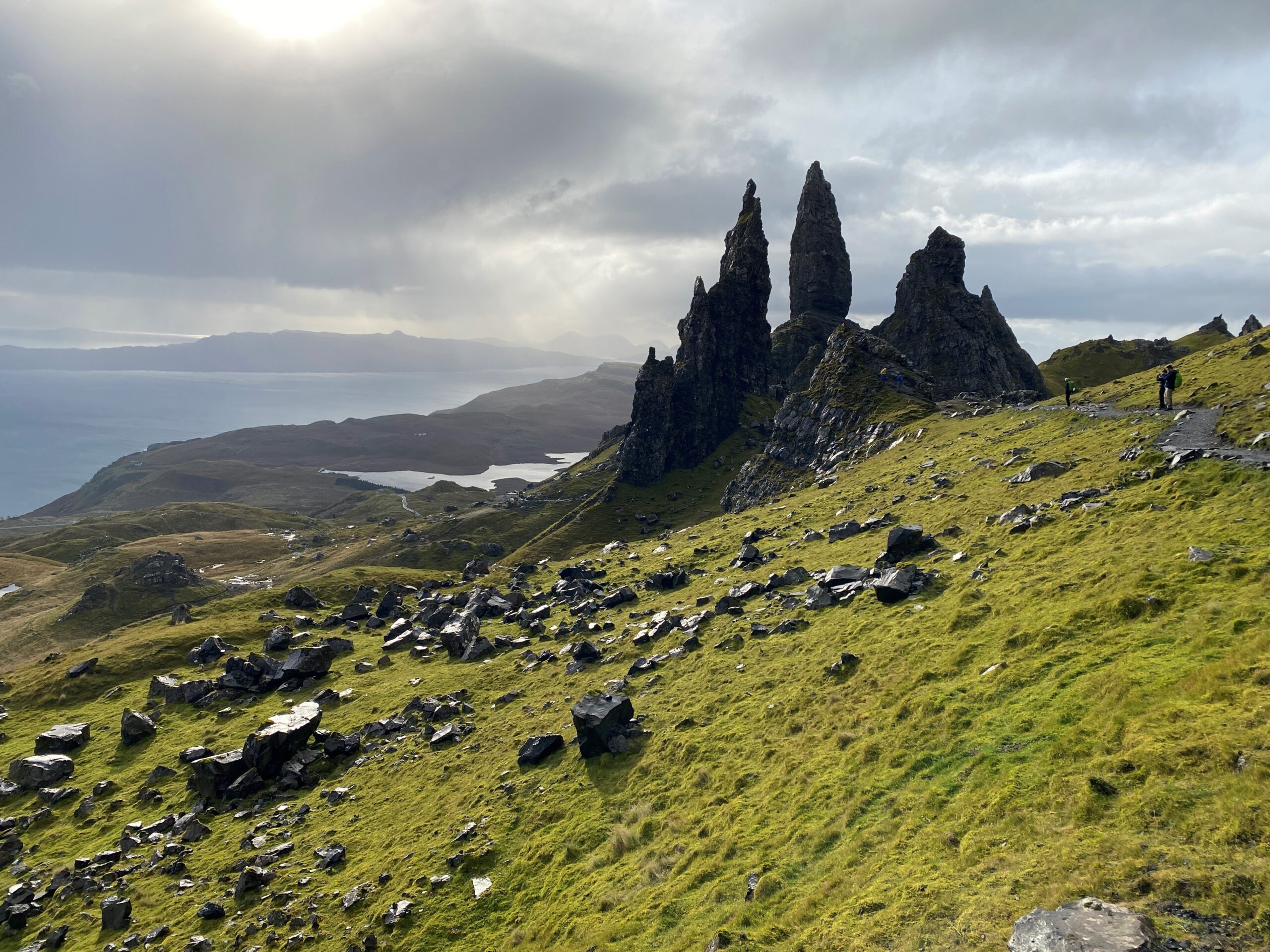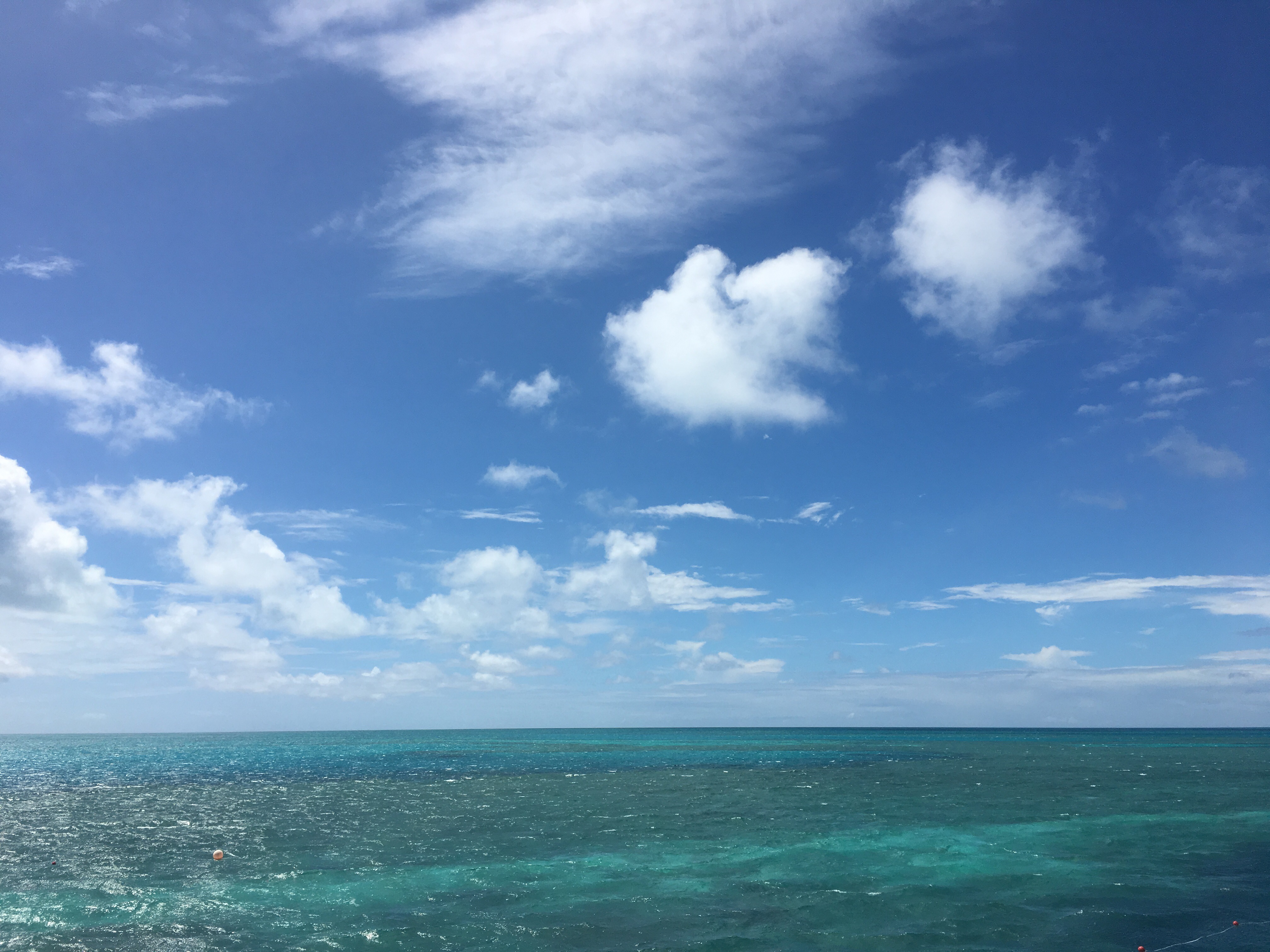Australia
-

The True Cost of Traveling in Australia
.
After spending the month of February staying and playing Down Under, I have a pretty good idea of Australia travel costs. This post is a follow up to an earlier post about planning and saving for that month-long trip. I knew I…
-

Australia update #4: tips for traveling in a not-so-foreign country
.
We’re baaack! And going through the usual post-trip activities—fighting jet lag, getting back into a routine, planning the next adventure, etc. It is never easy coming home. But unless you are going sell everything you own and become a nomad,…
-

Australia Update #2 Funny Aussie Signs
.
B and I have seen a lot of really good stuff in the last few weeks: koalas, kangaroos, sunsets, sweeping landscapes and cultural icons. We expected all these things. What we didn’t expect was to see so many funny Australian…
-

Australia Update #1: Van Life
.
Hello from the land down under. We have been here a week and already it has been a wild ride. Just check out our Australia van life photos below! Australia Adventures First up, we visited Sydney. Then we turned our…
-

Travel Planning for a Trip [Australia Specifically]
.
The dates are set, the plane ticket is bought and the travel fund is steadily growing. It is now time to start travel planning and focusing on the details of your trip. Not long ago, I wrote a post about…
-

Destination Australia: Planning and Saving for a Trip Down Under
.
Do you know how to plan and save for a trip? Travel funds and budgets are not something I am terribly good at. However, I have recently been working on them in an effort to prepare myself for a trip…

